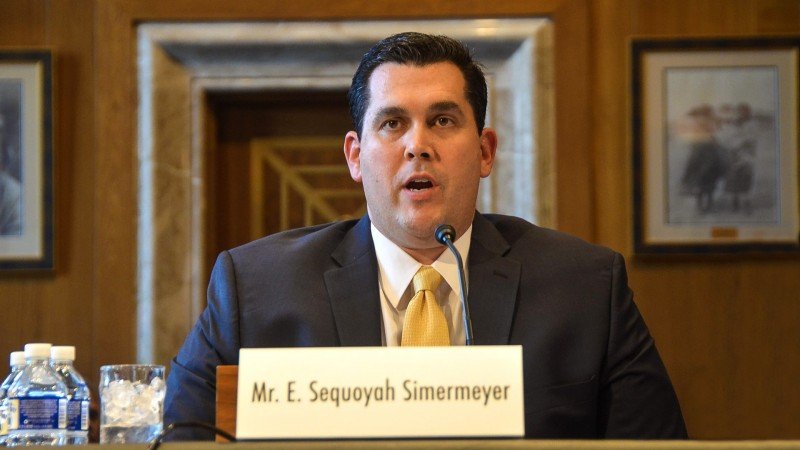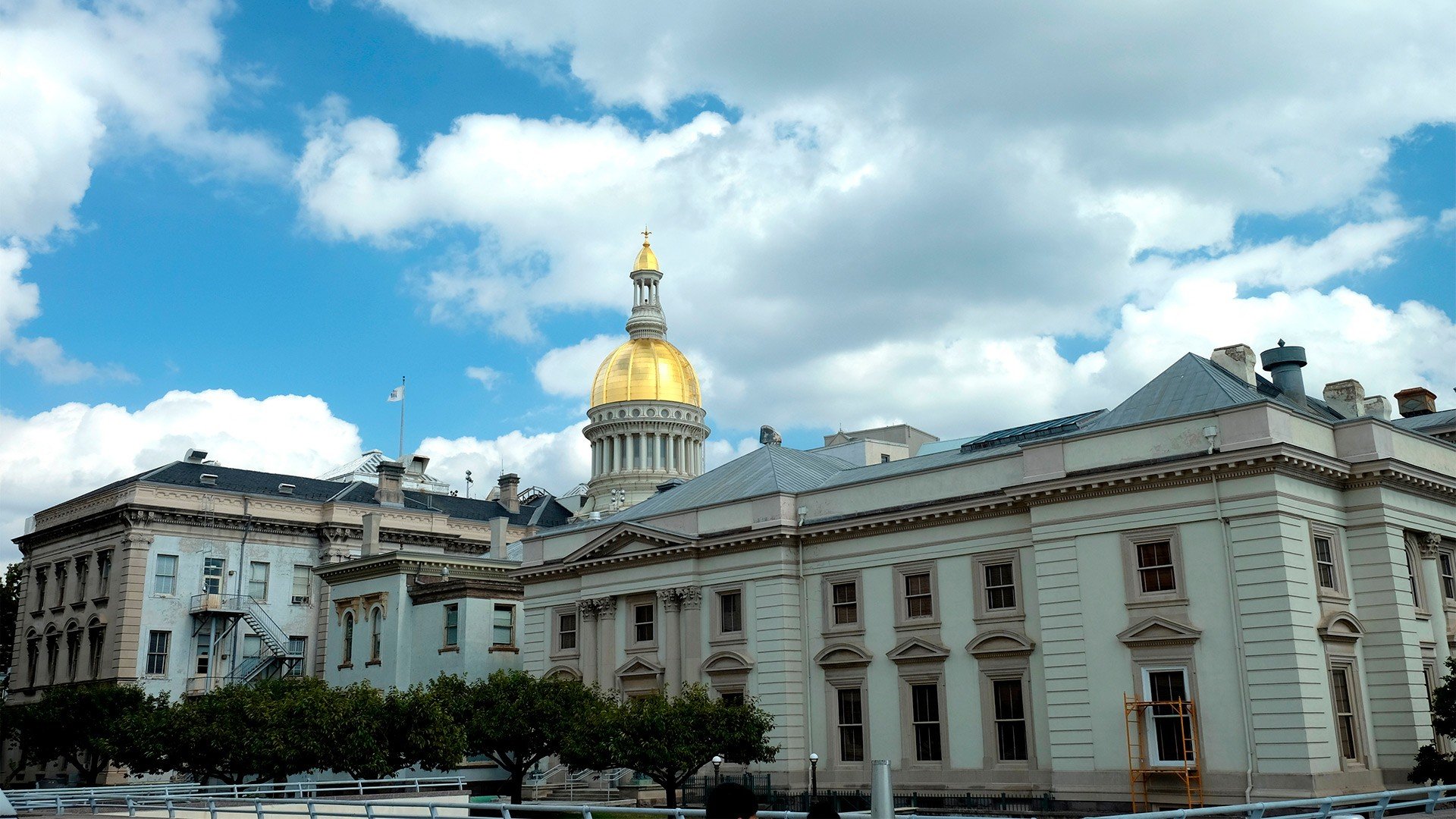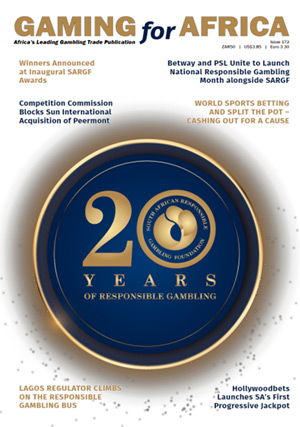Oklahoma's Indian gaming pays record $167 million to state as industry rebounds

Oklahoma’s Indian gaming industry paid a record $167 million in exclusivity fees to the state last fiscal year, ended June 30, a signal that the market is back on its feet.
The figures were revealed August 17, during the annual Indian gaming conference in Oklahoma City. State revenues from gaming increased more than 35% between the 2020 and 2021 fiscal years, reports The Oklahoman.
The Covid-19 pandemic prompted tribally-operated casinos in the state to close operations in March 2020, remaining closed for two months or longer. As a result of the shutdown, revenues for both tribal governments and Oklahoma saw severe cuts.
According to Jessica Feil, vice president of the American Gaming Association, the growth being currently experienced reflects pent up demand, and operators are now grappling with how to maintain the success and continue expansion.
The gaming conference marked a first after two years in which operators and suppliers could not meet in one place, further reports the cited news site. During the event, reopening was valued as an essential step taken as it provides the economic base many tribes rely on to provide basic service.
Despite the positive economic report, the state is facing a new wave of coronavirus as the delta variant spreads, leading to uncertainty in casino operations going forward. So far, tribal casinos have issued new safety recommendations, such as reinstating mask mandates and social distancing.
Oklahoma’s gaming industry is one of the country’s most prolific, second only to Las Vegas and California: nearly all of the state’s 39 tribes conduct gaming operations, with 132 facilities currently active. The largest casino in the state is Chickasaw Nation’s WinStar World Casino, which counts with 8,600 electronic games.
Nearly 30 casinos in the nation have not yet reopened since closing in 2020, the industry’s relatively swift return to business in Oklahoma contrasting with other states. On a nationwide scale, Indian gaming revenues saw a decline from $34.6 billion to $27.8 billion between the 2019 and 2020 federal fiscal years, which run from October 1 to September 31, the first big Indian-gaming drop since 2000.
“The 2020 decrease has ended the steady year-over-year growth rate that the Indian gaming industry has experience over the last 10 years,” said National Indian Gaming Commission chairman Sequoyah Simermeyer.
Despite this shortfall, the Indian gaming industry believes investments made prior and during the pandemic will provide sustainable recovery for the following year and what is left of 2021.
“This invaluable investment can provide hope for the industry’s strong return and an important stability for a well-regulated industry and is important to tribal communities that use Indian gaming to strengthen tribal governments and economies,” further added Simermeyer.
The gaming revenue report comes from 248 tribes across 29 states, with about 64% of all Indian gaming facilities across eight regions making less than $25 million in revenue and less than 8% of total gross gaming revenue nationwide.

















































